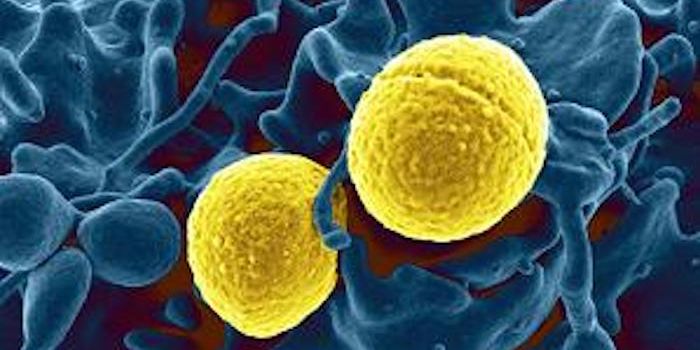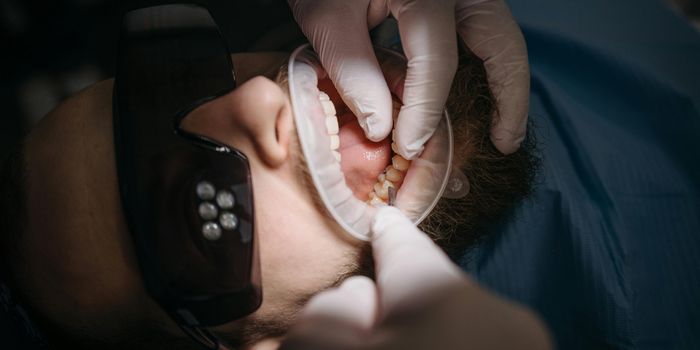Nanomedicine and the Future of Stroke Management
According to the Centers for Disease Control and Prevention, someone dies from a stroke every four minutes in the United States. Strokes are extremely costly and a leading cause of long-term disability. Because of this, large amounts of healthcare and scientific resources have been invested in treating and managing the long-term effects of strokes. Strokes can be divided into two categories: hemorrhagic and ischemic. Most strokes are ischemic, meaning that they are the result of a blockage in blood flow to the brain. Therefore, it would stand to reason that primary treatments would involve restoring blood flow to the brain. Approved treatments such as rt-PA and thrombectomy do just this. However, this over-simplistic approach to therapy is incomplete for multiple reasons.
One reason is the blood-brain barrier (BBB) which limits available treatment options. A second primary reason is the multitude of molecular mechanisms that result from blocked blood flow and cause a cascade of stress and inflammatory responses, which damage nerve tissue. Understanding molecular mechanisms that lead to nerve tissue damage in stroke has led to several neuroprotective agents. However, none of these agents are efficacious in randomized controlled trials. The failure of clinical trials is thought to be due in part to the inability of agents to cross the BBB. Due to their physical properties, nanomaterials are attractive for investigating how some of these barriers can be overcome. A multitude of nanomaterials have been studied for their advantages and disadvantages and are elegantly addressed in a summary published in September 2021 in Bioactive Materials.
One promising material is the Liposome. Liposomes can cross the BBB and have low toxicity. They can encapsulate drugs such as free-radical scavengers, reducing the impact of oxidative stress on the brain. One drawback is the rapid systemic elimination of liposomes. Another is a lack of specificity for drug targeting. However, investigations into how these and other barriers can be overcome are ongoing. Studies have shown that liposomes can be chemically modified to extend their time in circulation. In addition, by modifying liposomal surfaces with specific ligands, you can further improve drug permeability by targeting specific proteins on the surface of the BBB. Liposomes are one of the multiple nanomaterials currently under investigation.
Given that nanomaterials are foreign to the human body, information regarding how they could react with the brain is sparse. It will also be of paramount importance that the toxicological effects of these materials be thoroughly evaluated. For example, certain nanomaterials such as carbon nanotubes and metal nanoparticles carry the potential for toxicity. However, it is important to note that the study of nanomedicines and their applications to conditions such as stroke is in its infancy. Given the limitations of traditional treatments for ischemic stroke and the attractive nature of nanomedicines to overcome significant hurdles such as blood-brain barrier penetration, further investigation is most certainly warranted in this space.
Sources: CDC, Bioactive Materials, Journal of Drug Targeting









